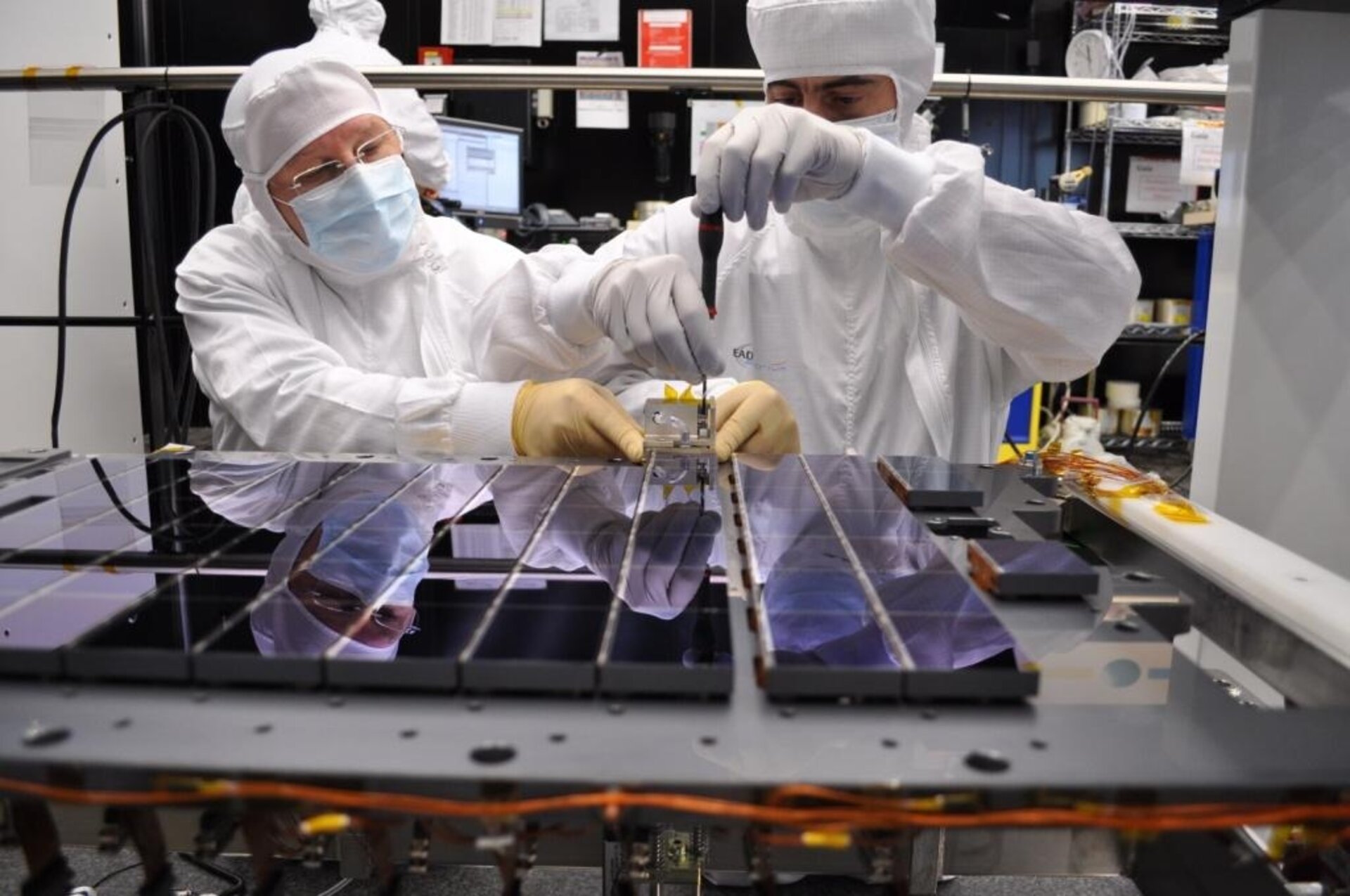Supporting science
From the first time Galileo thought to turn his ‘optik tube’ telescope skywards, scientific discovery has always depended on technological achievement. It required Leeuwenhoek’s microscope to reveal the previously unknown realm of microbiology, while 20th-century radio telescopes opened up the wider Universe.
The same holds true of modern space science. For many years ahead of each new ESA scientific spacecraft, carefully planned R&D programmes have been taking place to ensure the correct technology ends up being available at a suitable development level at the right time to make the mission feasible.

For instance, ESA’s proposed Athena X-ray observatory is planned to survey a violent Universe of exploding stars, black holes and million-degree gas clouds. But simply focusing X-rays is no easy task: they reflect only side on, like stones skimming along a pond. So ESA has pioneered the new technology of silicon pore optics – the careful robotic stacking of thousands of silicon wafers – to provide improved resolution and a greatly enlarged collecting area compared to current X-ray missions.

ESA’s 2015 BepiColombo mission to orbit Mercury required the careful testing of new materials, coatings and thermal control to endure intense sunlight and temperatures topping 450°C on one side, at the same time as the extreme cold of the other side facing deep space. Solar Orbiter, venturing into close orbit around our parent star, will need higher endurance still. And R&D is ongoing for ESA’s 2022 Jupiter Icy Moons Explorer to the Jupiter system. ‘Low intensity low temperature’ (LILT) solar cells and other key spacecraft systems must be tailored to resist the gas giant’s searing radiation belts.















 Germany
Germany
 Austria
Austria
 Belgium
Belgium
 Denmark
Denmark
 Spain
Spain
 Estonia
Estonia
 Finland
Finland
 France
France
 Greece
Greece
 Hungary
Hungary
 Ireland
Ireland
 Italy
Italy
 Luxembourg
Luxembourg
 Norway
Norway
 The Netherlands
The Netherlands
 Poland
Poland
 Portugal
Portugal
 Czechia
Czechia
 Romania
Romania
 United Kingdom
United Kingdom
 Slovenia
Slovenia
 Sweden
Sweden
 Switzerland
Switzerland






























